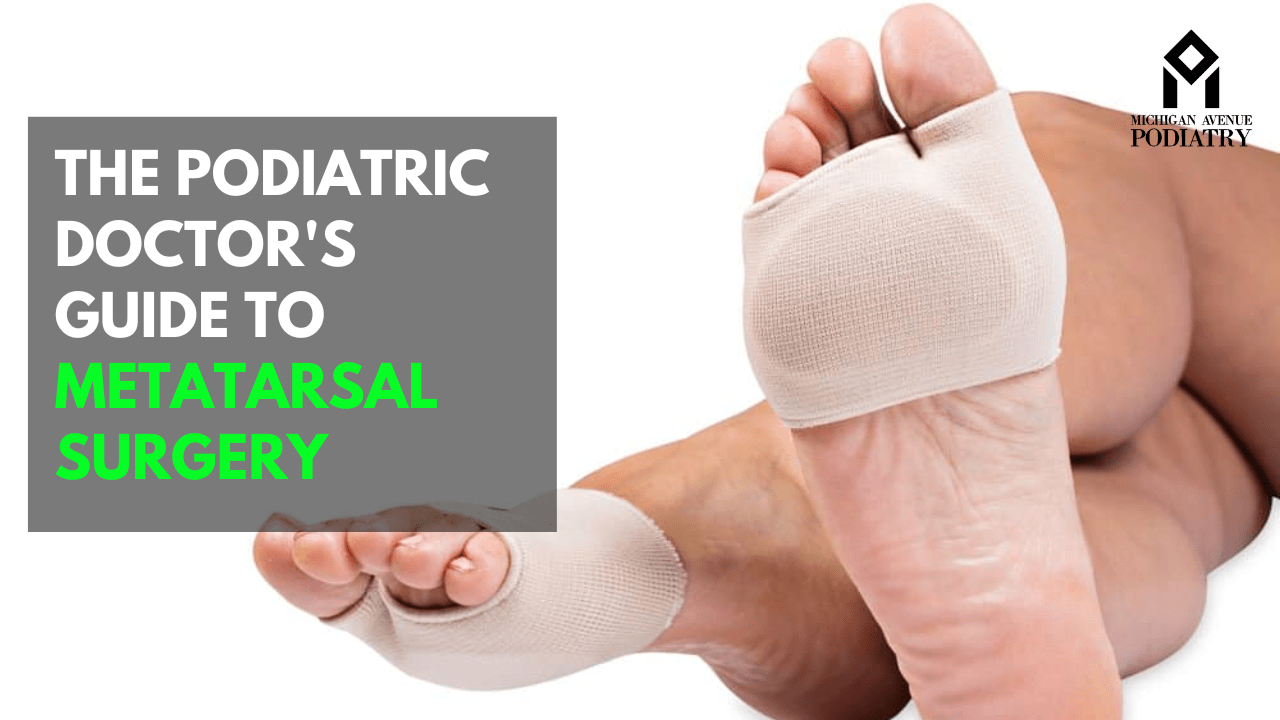Metatarsal surgery is a specialized procedure performed by podiatrists, or foot doctors, to address various conditions affecting the metatarsal bones in the foot. From fractures and deformities to arthritis and chronic pain, metatarsal surgery plays a crucial role in restoring function and alleviating discomfort. In this comprehensive guide, we’ll explore the types of metatarsal surgery, the conditions they treat, and what patients can expect during the recovery process.
Understanding Metatarsal Surgery:
Metatarsal surgery encompasses a range of procedures aimed at addressing issues with the metatarsal bones, which are the long bones in the middle of the foot. These procedures may include:
- Metatarsal Fracture Repair:
- Metatarsal fractures can occur due to trauma, overuse, or underlying medical conditions such as osteoporosis. Surgery may be necessary to realign and stabilize the fractured bone, typically using pins, screws, or plates.
- Podiatrists evaluate the severity and location of the fracture to determine the most appropriate surgical approach, which may involve open reduction and internal fixation (ORIF) or minimally invasive techniques.
- Metatarsal Osteotomy:
- Metatarsal osteotomy involves surgically cutting and repositioning a metatarsal bone to correct deformities such as bunions or hammertoes.
- This procedure aims to improve foot alignment, alleviate pain, and enhance mobility. Podiatrists carefully plan the osteotomy to achieve optimal results while minimizing the risk of complications.
- Metatarsalgia Surgery:
- Metatarsalgia refers to pain and inflammation in the ball of the foot, often caused by excessive pressure or overuse.
- Surgical options for metatarsalgia may include releasing tight ligaments or tendons, removing inflamed tissue, or decompressing nerves in the affected area. Podiatrists tailor the surgical approach to address the underlying cause of metatarsalgia and relieve symptoms.
- Metatarsophalangeal Joint Fusion:
- Metatarsophalangeal (MTP) joint fusion involves permanently fusing the metatarsal bone to the adjacent toe bone to stabilize the joint and alleviate pain.
- This procedure is commonly performed to treat severe arthritis or deformities affecting the MTP joint, such as hallux rigidus. Podiatrists use surgical hardware to facilitate fusion and promote proper alignment of the toe.
Recovery and Rehabilitation:
After undergoing metatarsal surgery, patients can expect a period of recovery and rehabilitation to promote healing and restore function. The specific timeline and post-operative instructions may vary depending on the type of surgery performed and individual factors. However, common aspects of the recovery process include:
- Immobilization: Patients may need to wear a protective boot, cast, or splint to immobilize the foot and promote proper healing of the surgical site.
- Pain Management: Podiatrists may prescribe pain medication or recommend over-the-counter pain relievers to manage discomfort during the initial stages of recovery.
- Physical Therapy: Rehabilitation exercises and stretches may be prescribed to improve strength, flexibility, and range of motion in the foot and ankle.
- Follow-Up Care: Regular follow-up appointments with the podiatrist are essential to monitor healing progress, remove sutures or surgical hardware if necessary, and address any concerns or complications.
Conclusion:
Metatarsal surgery is a valuable treatment option for individuals suffering from a range of foot conditions, from fractures and deformities to chronic pain and arthritis. As skilled practitioners, podiatrists possess the expertise and experience to perform various metatarsal procedures with precision and care. If you’re experiencing foot discomfort or dysfunction, don’t hesitate to consult with a qualified podiatric doctor to explore your treatment options, including metatarsal surgery, and embark on the path to improved foot health and mobility.




